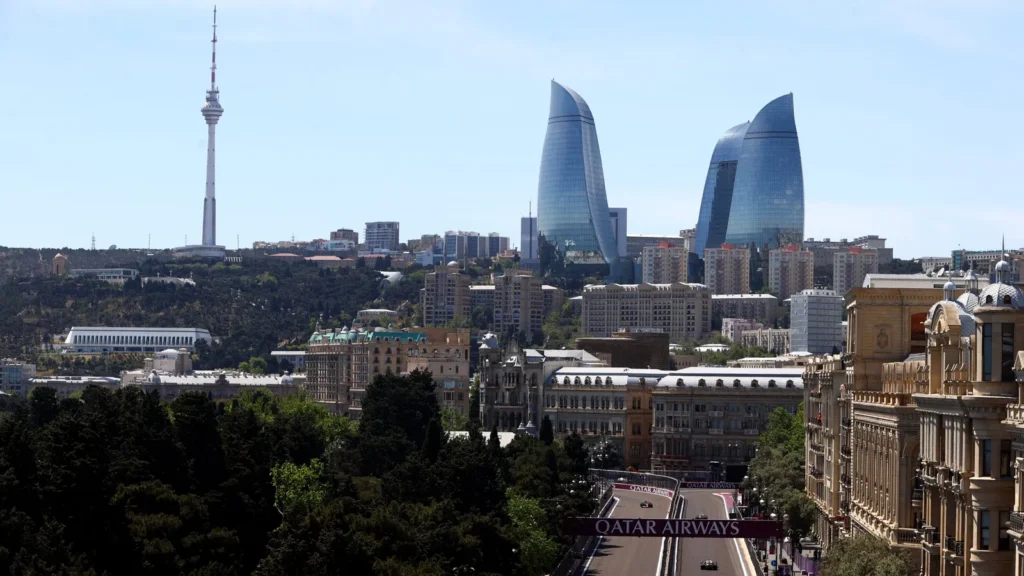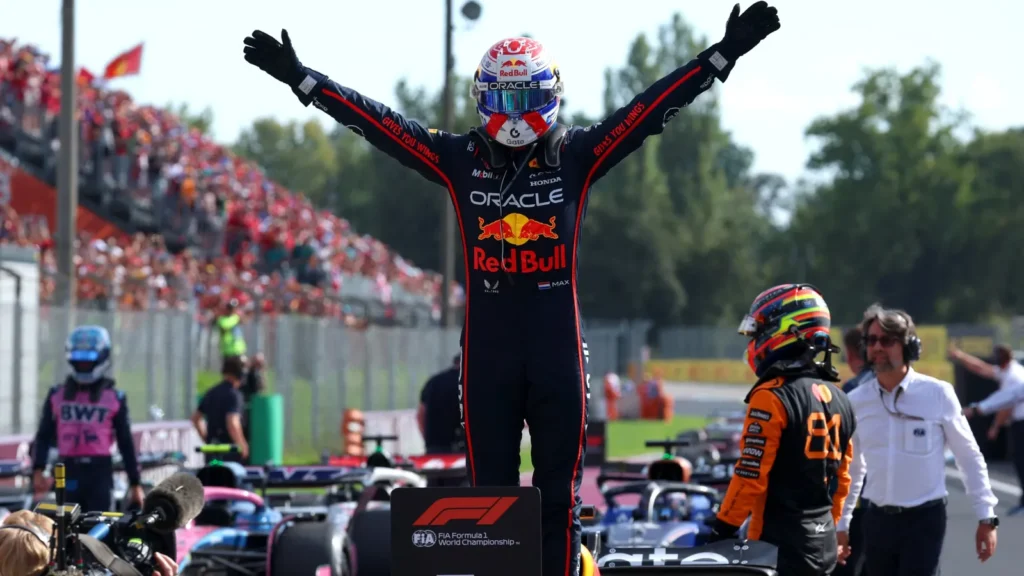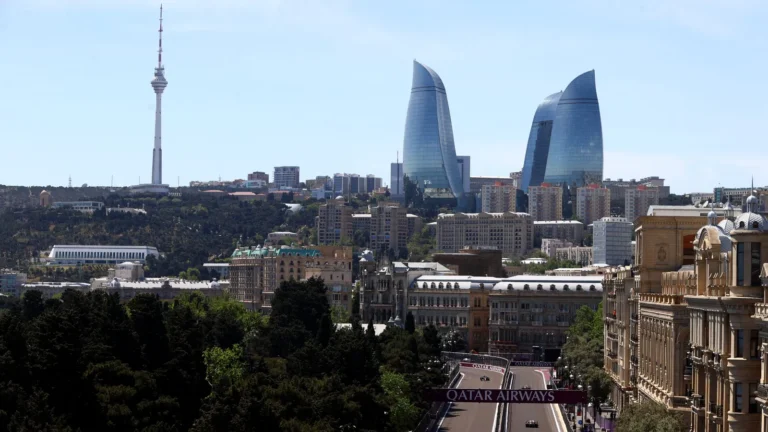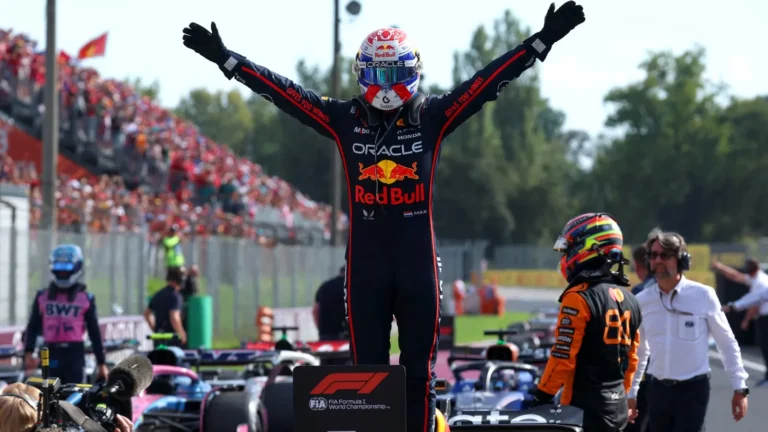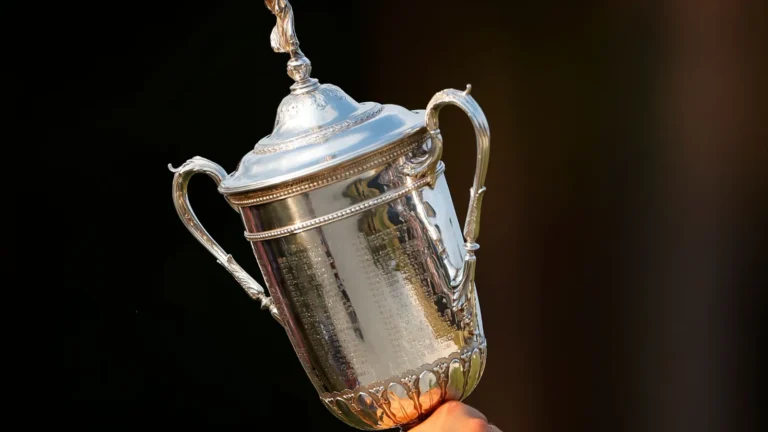Formula 1 has always been the ultimate stage for speed, innovation, and human skill. Among the sport’s most thrilling achievements are the fastest laps in Formula 1 history — moments where driver, car, and circuit combine for breathtaking performance.
At the 2025 Italian Grand Prix, Max Verstappen once again rewrote the record books by setting the fastest lap ever recorded in Formula 1, overtaking Lewis Hamilton’s five-year benchmark. This achievement not only highlights Verstappen’s dominance but also showcases the relentless pursuit of speed that has defined Formula 1 for over 70 years.

Why Fastest Laps Matter in Formula 1
Fastest laps aren’t just about raw speed. They represent the cutting edge of engineering excellence, driver precision, and aerodynamic mastery. To achieve one requires a perfect balance:
- Minimal drag for higher straight-line speed.
- Maximum grip through corners.
- A driver fearless enough to push the car to its limits.
Circuits like Monza, known as the Temple of Speed, provide the perfect canvas for record-breaking laps thanks to long straights and minimal braking zones. That’s why many of the most historic fastest laps in Formula 1 history have taken place there.
Max Verstappen Sets the Fastest Lap in Formula 1 History
During qualifying at the 2025 Italian Grand Prix, Verstappen hit an average speed of 264.682 km/h around Monza. This edged out Hamilton’s previous record of 264.363 km/h, set at the same circuit in 2020.
At just 27, Verstappen’s career has already been littered with records — youngest winner, most consecutive wins, highest points in a season, and now the fastest lap in Formula 1 history. It’s a testament to both Red Bull’s engineering brilliance and his ability to extract every fraction of performance when it matters most.
The Evolution of Fastest Laps in Formula 1
To appreciate Verstappen’s milestone, it helps to look back at how this record has evolved since the very first F1 World Championship race in 1950.
Early Years: Setting the First Benchmarks
- 1950 – Giuseppe Farina clocked 151.300 km/h at Silverstone.
- 1951 – Juan Manuel Fangio raised the bar to 191.231 km/h in France and Italy.
- Later that year, Farina broke 200 km/h at Monza, with 200.353 km/h, before pushing it to 216.216 km/h.
1960s to 1970s: Spa and Monza Dominate
- 1959 – Tony Brooks hit 240 km/h at Avus in Germany.
- 1967 – Jim Clark went 243.920 km/h at Spa-Francorchamps.
- 1970 – Chris Amon achieved 244.700 km/h at Spa, impressively in a race, not qualifying.
- 1971 – Amon again made history at Monza with 251.213 km/h.
Turbo Era and the 1980s
- 1985 – Keke Rosberg set a new standard at Silverstone with 258.983 km/h.
The Modern Era: 2000s Onwards
- 2002 – Juan Pablo Montoya raised it to 259.827 km/h.
- 2007 – Kimi Räikkönen hit 262.587 km/h at Monza.
- 2020 – Lewis Hamilton set 264.363 km/h, holding the record for five years.
- 2025 – Max Verstappen now tops the list with 264.682 km/h.
Ride onboard with Max Verstappen as he completes his record-breaking pole lap at the Temple of Speed ⏱️💨#F1 #ItalianGP @pirellisport pic.twitter.com/1DcaVrOGj4
— Formula 1 (@F1) September 6, 2025
Record Holders of the Fastest Laps in Formula 1 History
| Year | Driver | Circuit | Average Speed (km/h) | Notable Context |
|---|---|---|---|---|
| 1950 | Giuseppe Farina | Silverstone | 151.300 | First benchmark in F1 history |
| 1951 | Juan Manuel Fangio | Reims & Monza | 191.231 | Raised pace in France and Italy |
| 1951 | Giuseppe Farina | Monza | 200.353 → 216.216 | First to break 200 km/h |
| 1956 | Juan Manuel Fangio | Ferrari Qualifying | 221.402 | Last record for Fangio |
| 1959 | Tony Brooks | Avus (Germany) | 240.000 | Ferrari’s blistering pace |
| 1967 | Jim Clark | Spa-Francorchamps | 243.920 | On the legendary 14.1 km Spa circuit |
| 1970 | Chris Amon | Spa | 244.700 | Achieved during a race, not qualifying |
| 1971 | Chris Amon | Monza | 251.213 | Monza’s slipstream era |
| 1985 | Keke Rosberg | Silverstone | 258.983 | Turbocharged Williams |
| 2002 | Juan Pablo Montoya | Monza | 259.827 | Williams-BMW peak performance |
| 2007 | Kimi Räikkönen | Monza | 262.587 | Ferrari at the Temple of Speed |
| 2020 | Lewis Hamilton | Monza | 264.363 | Record stood for five years |
| 2025 | Max Verstappen | Monza | 264.682 | Current record holder |
Monza: The Eternal Temple of Speed
Nearly all the modern records for the fastest laps in Formula 1 history have been set at Monza. The circuit’s design — long straights, sweeping corners, and minimal downforce — makes it the ideal track to maximize speed.
It has become the spiritual home for speed records, much like Spa-Francorchamps is for endurance and Monaco for precision.
How Technology Shapes the Fastest Laps
The evolution of these records mirrors the rise of F1 technology:
- 1950s cars were lightweight but fragile, pushing past 200 km/h for the first time.
- Turbo era (1980s) introduced immense horsepower, making Rosberg’s record possible.
- Hybrid era (2014 onwards) combines electric power with advanced aerodynamics, enabling modern records like Hamilton’s and Verstappen’s.
Today’s cars achieve speeds unimaginable in Fangio’s or Clark’s time, proving how innovation drives performance.
Verstappen vs Hamilton: A Modern Rivalry in Speed
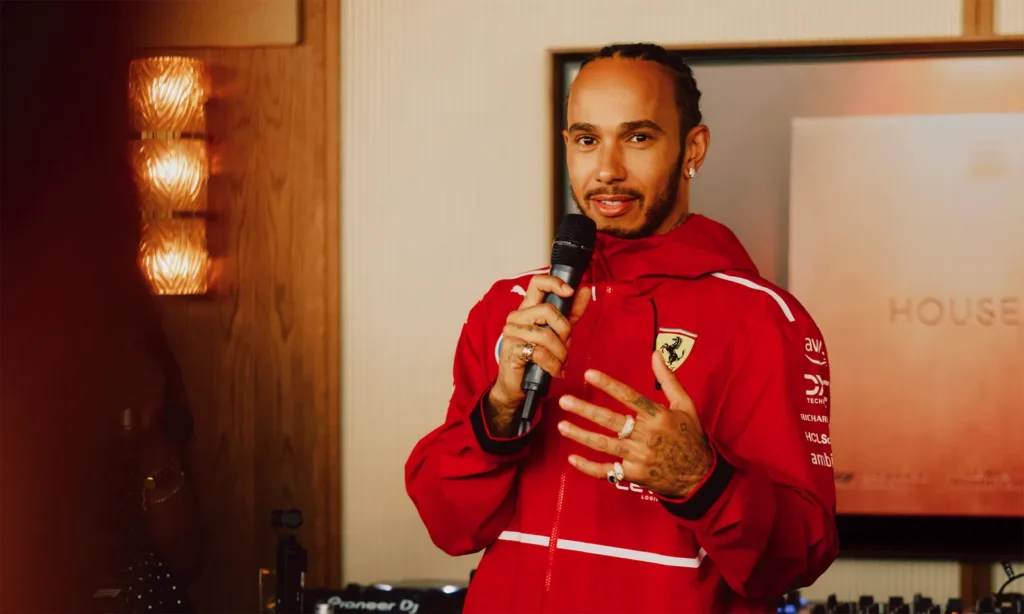
Lewis Hamilton’s record at Monza in 2020 stood as a symbol of Mercedes dominance. Now, Verstappen has taken that crown, extending his growing legacy as not just a multiple-time world champion but a record-breaker who thrives under pressure.
The comparison of their fastest laps underscores the razor-thin margins of modern F1. Verstappen’s improvement over Hamilton was just 0.319 km/h — proof that in Formula 1, even the smallest edge defines greatness.
What’s Next for Fastest Laps in Formula 1?
Records are meant to be broken, and as F1 looks toward the future with new regulations in 2026, the chase for speed is far from over.
Possible factors influencing future fastest laps:
- Lighter cars with simplified aerodynamics.
- More powerful hybrid engines.
- Sustainable fuels, balancing eco-innovation with performance.
While Monza may continue to be the most likely venue, evolving circuits and technologies could see new contenders emerge.
The fastest laps in Formula 1 history tell the story of the sport itself — from Farina’s 151 km/h at Silverstone to Verstappen’s jaw-dropping 264 km/h at Monza. Each record reflects not only the brilliance of individual drivers but also the technological leaps of their eras.
Max Verstappen’s latest achievement cements his place in F1 history and extends the legacy of Monza as the ultimate testing ground for speed. As Formula 1 evolves, one truth remains: the pursuit of faster, braver, and bolder laps will never end.

